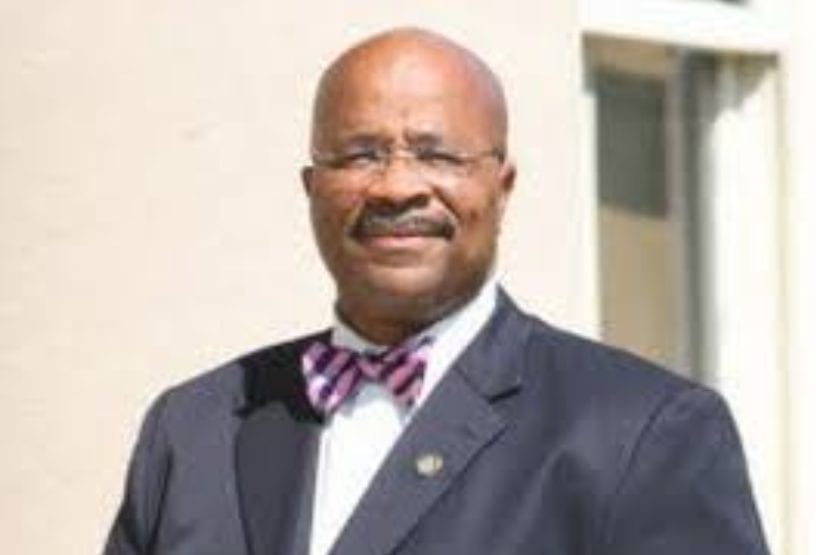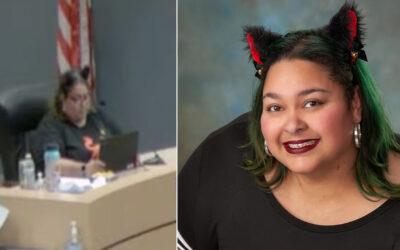Fewer abortions could mean more crime, a New Jersey mayor argued in a recent op-ed for NJ.com.
Albert B. Kelly, a Democrat and mayor of Bridgeton, New Jersey, said he is concerned about the growing efforts to end abortions across the United States. Pointing to research popularized in the book “Freakonomics,” Kelly claimed Americans could see an increase in crime if pro-life advocates achieve their goals.
“It’s not too far a leap to suggest that unwanted children are more likely to become disconnected, angry, anti-social, criminally inclined adults than children who are loved,” Kelly wrote.
Though unwanted before birth does not mean unwanted after birth, and though Kelly acknowledged the eugenic nature of his argument, he made it anyway, claiming society may be better off if more babies are aborted. Of course, he did not use the word “baby,” though.
He wrote:
The authors point out that between 1991 and 2001, violent crime in the country fell more than 30% (and it’s still falling). Many others attributed the crime drop to the “broken windows” theory of more aggressively policing against vandalism and other minor crimes. [The authors] arrived at their theory by considering U.S. population statistics after Roe v. Wade.
Kelly did not mention that abortion rates also have been falling across America in the past decade and are near historic lows since Roe. It’s just one of the many massive holes in the “Freakonomics” theory that researchers have pointed out since its publication.
Back in 2011, Boston Globe writer and criminologist James Alan Fox found major problems with the research:
LifeNews depends on the support of readers like you to combat the pro-abortion media. Please donate now.
Despite persuasive logic regarding a reduction in the number of children born to circumstances that would place them at-risk for growing into criminality, the significance of this effect appears to have been grossly overstated. For example, nearly 60% of the decline in murder since 1990 involved perpetrators ages 25 and older—individuals who would have been born prior to the landmark abortion decision. As shown in the figure below, there were substantial reductions during the 1990s in homicides committed by older age groups, especially those in the 25-34 year-old age range.
Despite numerous refutations, abortion activists still use the “Freakonomics” study at times to further their agenda.
The New Jersey mayor said he thinks the research is important because of the growing efforts to ban abortions across America.
“I highlight this research because we live in times when many are going to extraordinary lengths in the courts and elsewhere to limit or eliminate a woman’s right to terminate a pregnancy safely and legally,” Kelly wrote. “Regardless of how one feels morally about this, policy changes and new court rulings will have implications and outcomes that will demand our attention.”
He questioned if society is prepared to help women and children if abortions become illegal again.
“If we’re not, is it possible that the drop in crime could reverse in the years ahead, so we’d again have rates as high as in the ‘super-predator’ days?” Kelly asked. “I don’t know the answer to these questions, but we’ve got a lot to consider as a society. There will be a cost no matter how things turn out.”
The cost of legalized abortion has been more than 61 million lives and countless wounded family members. Pro-lifers are thinking about the days when abortions may be illegal again, and are increasing efforts to help mothers and children. Pregnancy resource centers provide a wealth of free resources to families in need, and there are more than 2,000 of them across the U.S. Pro-life lawmakers also are passing legislation to provide additional support through tax breaks, increased aid to pregnancy centers and more.
Though it seems almost too obvious to even say it, the answer to violent crime is not more dead children.

Please click here to read the full story.
Author: Micaiah Bilger




